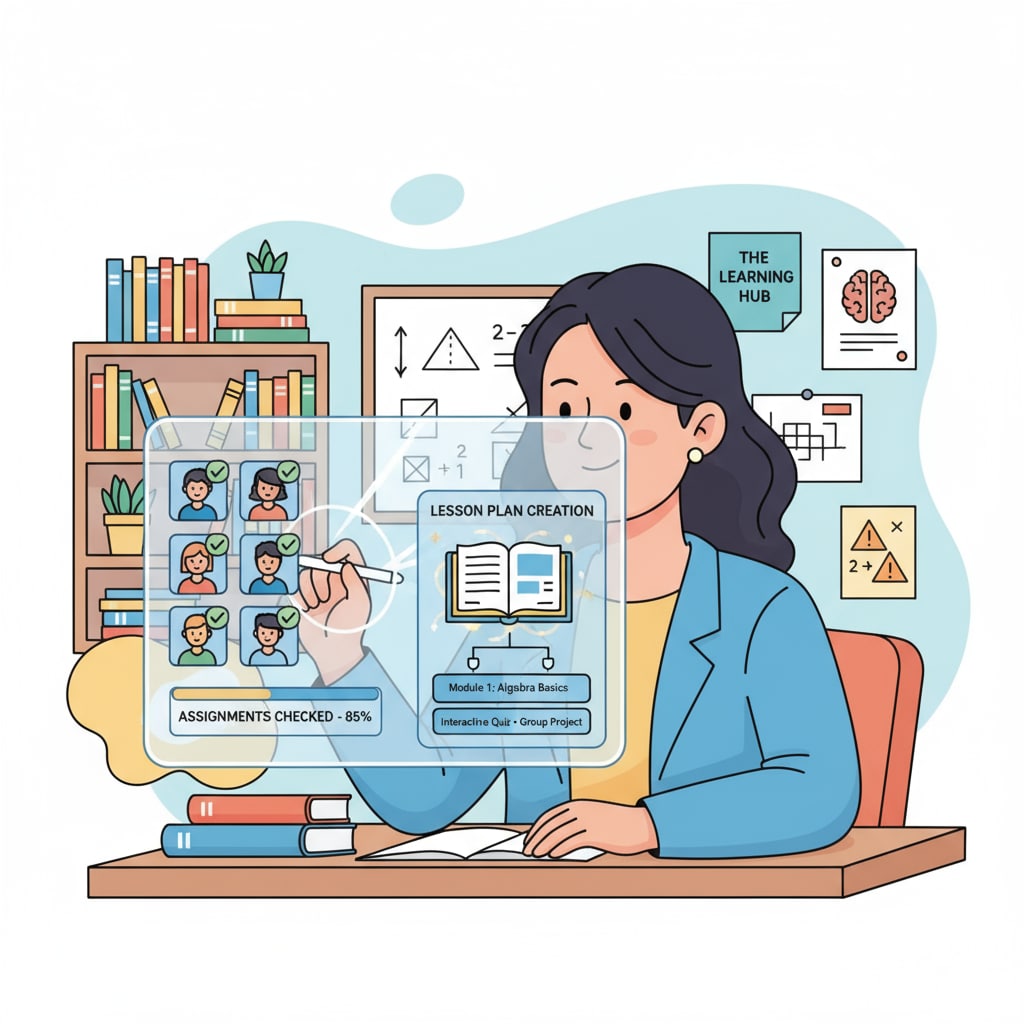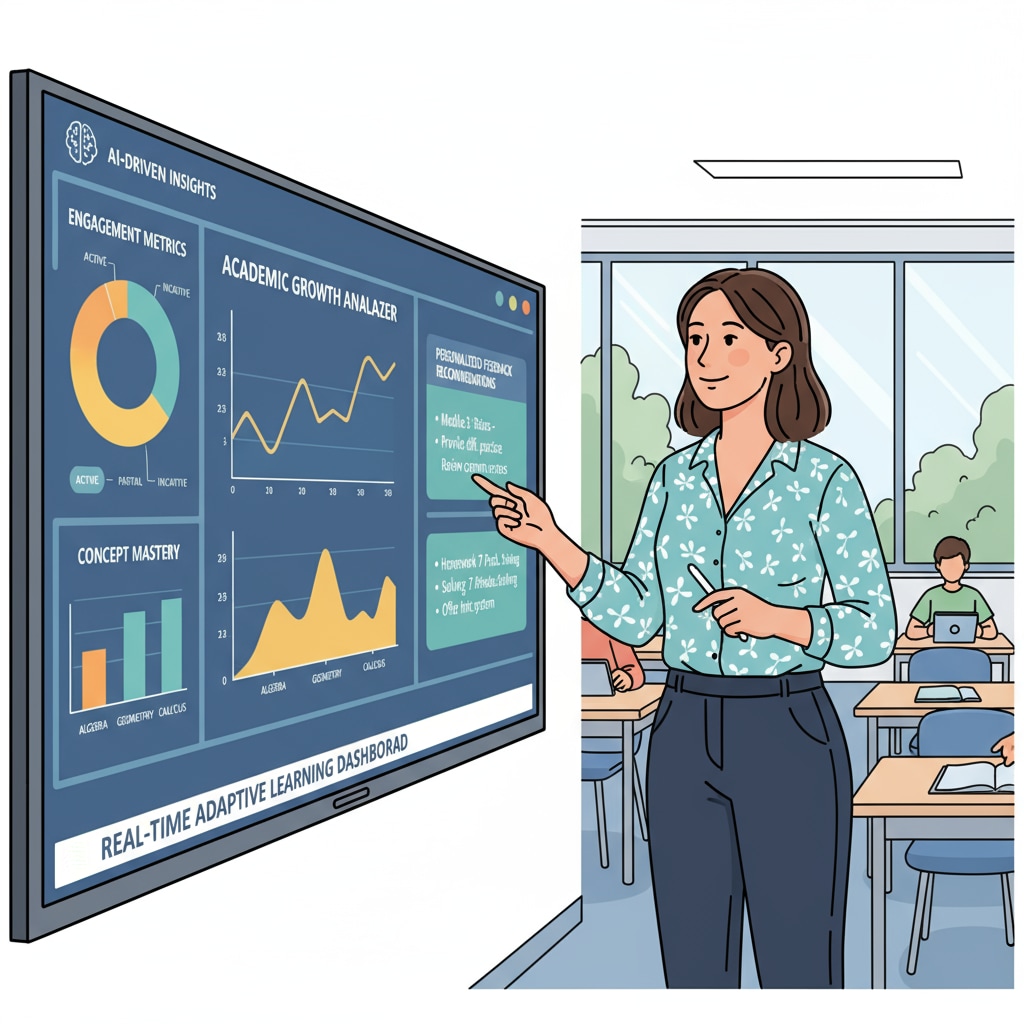Teacher work overload has become a prevalent concern in the K12 education landscape, and educational technology has emerged as a potential solution, yet its impact on teaching feedback is a complex matter. In this digital age, the integration of technology in education is both an opportunity and a challenge for teachers.

The Burden of Teacher Workload
Teachers in the K12 system are often bogged down with a multitude of tasks. Lesson planning, for example, requires in-depth knowledge of the curriculum and the ability to design engaging activities for students. In addition to that, grading assignments and providing constructive feedback consume a significant amount of their time. According to the National Education Association’s 2022 Teacher Quality Survey, a large number of teachers reported spending long hours on these administrative and instructional tasks, which is taking a toll on their well-being.
The Promise of Educational Technology
Educational technology holds great promise in alleviating teacher workload. For instance, automated grading systems can quickly assess students’ assignments, saving teachers valuable time. Learning management systems (LMS) can also streamline lesson planning by providing ready-made resources and templates. Tools like these can enhance the efficiency of the teaching process. As stated on the International Society for Technology in Education (ISTE) website, technology can empower teachers to focus more on personalized instruction and student engagement.

However, the implementation of educational technology is not without its challenges. Teachers may face a steep learning curve when adopting new tools, which could initially add to their stress. Compatibility issues between different systems and the need for continuous updates are also potential roadblocks. Moreover, not all educational technology solutions are designed with the end-users – teachers – in mind, resulting in tools that are difficult to integrate into daily teaching routines.
Integrating Technology for Effective Teaching Feedback
To make the most of educational technology in reducing teacher workload and improving teaching feedback, certain key elements need to be considered. Firstly, user-friendly interfaces are crucial. Teachers should be able to navigate the technology easily without extensive training. Secondly, seamless integration with existing educational systems is essential. This ensures that the technology can be smoothly incorporated into the current teaching environment. Thirdly, the technology should provide actionable insights for teaching feedback. For example, analytics tools that can identify areas where students are struggling or excelling, enabling teachers to provide more targeted feedback.
In conclusion, educational technology has the potential to be a game-changer in reducing teacher workload and enhancing teaching feedback. However, careful consideration of the design and implementation of these technologies is necessary to ensure that they serve as a support rather than an additional burden to teachers. By focusing on user-friendliness, integration, and providing valuable insights, we can harness the power of educational technology to create a more efficient and effective teaching environment.
Readability guidance: The article uses short paragraphs and lists to summarize key points. Each H2 section provides a clear set of ideas. Passive voice and long sentences are kept to a minimum. Transition words are used throughout to enhance the flow of the text.


